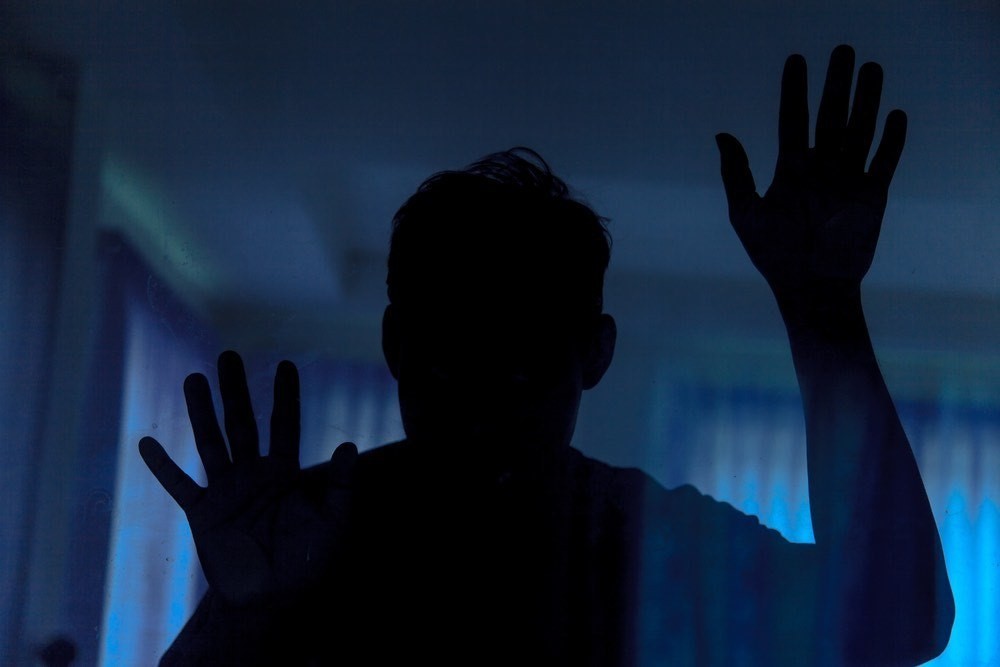
Reactive depression: what it is, symptoms and treatments for situational depression
Reactive depression, also called situational depression, is a type of adjustment disorder that manifests itself after experiencing a traumatic event or series of events, with symptoms that may overlap with those of major depressive disorder
It is a condition that cannot be formally diagnosed per se, but describes the adverse psychological reactions that people may have when faced with difficult life circumstances, such as: a series of stressful external events or situations, job loss, a difficult emotional break-up or a diagnosis of a bad illness.
There is a range of ‘normal’ responses to stressful situations, but reactive depression often involves emotional difficulties that exceed this range and as such, can make it difficult to adapt to daily life.
In some cases, these symptoms resolve as the triggering situation improves, while in other cases they may persist, eventually developing into a more chronic condition such as major depressive disorder.
Reactive depression, major depressive disorder and bereavement
Major depressive disorder differs from reactive depression in that it can also arise for a variety of reasons, including a family history of depression or biological factors.
Unlike most other types of depression, which can last for years if not managed properly, reactive depression is a type of depression that usually lasts only a few months.
Adaptation disorders such as reactive depression are diagnosed when symptoms occur in response to a wide range of experiences, but when a person’s symptoms occur in response to the loss or death of a loved one, their symptoms can be traced back to bereavement.
Normal bereavement may make it difficult for a while to carry out daily activities, however, even normal bereavement subsides over time, unlike untreated major depressive disorder.
Reactive depression: the symptoms
According to the new edition of the Diagnostic and Statistical Manual of Mental Disorders (DSM-5), reactive depression can occur if
- emotional or behavioural symptoms appear within three months of a stressful life event;
- one experiences more stress than normal after a stressful life event;
- the stress causes serious problems in interpersonal relationships, work or school;
- the symptoms of depression are not caused by another mental disorder or are not part of the normal grieving process after the death of a loved one.
All people respond to stress and change differently, but certain signs and symptoms appear to be common in people with reactive depression:
- emotional changes such as feeling sad, irritable or moody;
- reduced energy, motivation and interest;
- changes in eating, sleeping or other daily habits such as hygiene or exercise;
- social isolation, withdrawal and closure towards friends or family;
- renunciation of normal routines, responsibilities or pleasurable activities that were previously sought after;
- impaired work performance, such as late deadlines or inattention errors;
- changes in thinking, such as feelings of mental fogginess, increased rumination or tendency to pessimism;
- hopelessness, desire to give up, thoughts of death or even suicide;
- changes in lifestyle, such as drinking or smoking more, or other unhealthy choices;
- physical pain, headaches, gastrointestinal disorders and muscle aches;
- changes in appearance, such as the appearance of a neglected or excessively tired habitus.
In the evening there is often a worsening of depressive symptoms in these patients.
Reactive depression, what to do?
Usually stress factors are temporary and with time one learns to cope with them.
Symptoms improve because the stressor fades over time, but sometimes the stressful event remains or a new stressful situation arises and the same emotional difficulties must be faced again.
If this happens and the symptomatology persists or even worsens and it becomes more and more difficult to get through the day and you feel like you are at war, then it is time to seek help and seek medical advice.
There are treatments and therapies to counteract the symptoms of reactive depression.
Treatments for situational depression
The first-line treatment for this type of depression is psychotherapy, but typical treatment options also include the use of self-help, social support, support groups and medication, certainly including serotonergic antidepressants and anxiolytics.
The best treatment plan could easily involve more than one treatment option.
Once treatment has helped the patient stabilise depression, it is also useful to suggest that the patient make some lifestyle changes.
These include:
- exercising regularly;
- establishing healthier and more regular sleeping habits by acting on sleep hygiene;
- resting and relaxing more during the week;
- eating in a more balanced and morose way;
- strengthening the social support network.
Read Also:
Emergency Live Even More…Live: Download The New Free App Of Your Newspaper For IOS And Android
Earthquake And Loss Of Control: Psychologist Explains The Psychological Risks Of An Earthquake
Affective Disorders: Mania And Depression
ALGEE: Discovering Mental Health First Aid Together
Rescuing A Patient With Mental Health Problems: The ALGEE Protocol
Basic Psychological Support (BPS) In Panic Attacks And Acute Anxiety
What Is Postpartum Depression?
How To Recognise Depression? The Three A Rule: Asthenia, Apathy And Anhedonia
Postpartum Depression: How To Recognise The First Symptoms And Overcome It
Postpartum Psychosis: Knowing It To Know How To Deal With It
Schizophrenia: What It Is And What The Symptoms Are
Childbirth And Emergency: Postpartum Complications
Intermittent Explosive Disorder (IED): What It Is And How To Treat It
Baby Blues, What It Is And Why It Is Different From Postpartum Depression
Depression In The Elderly: Causes, Symptoms And Treatment


